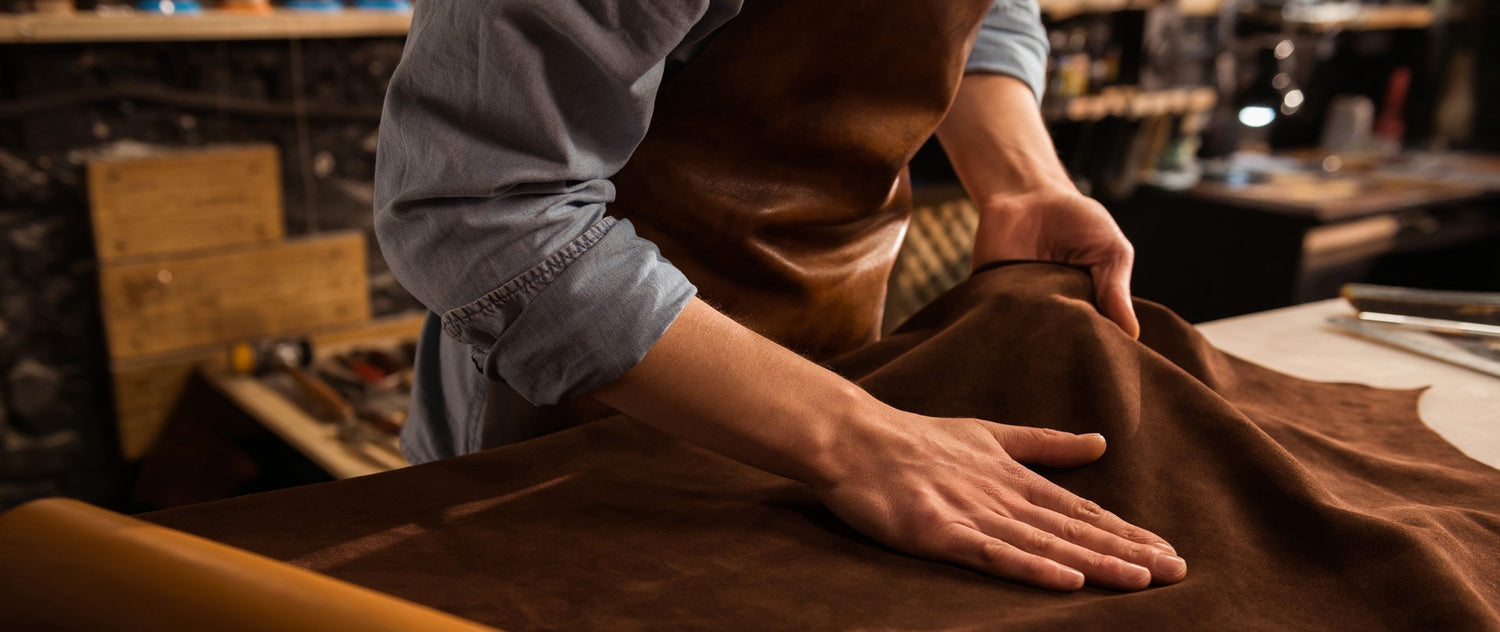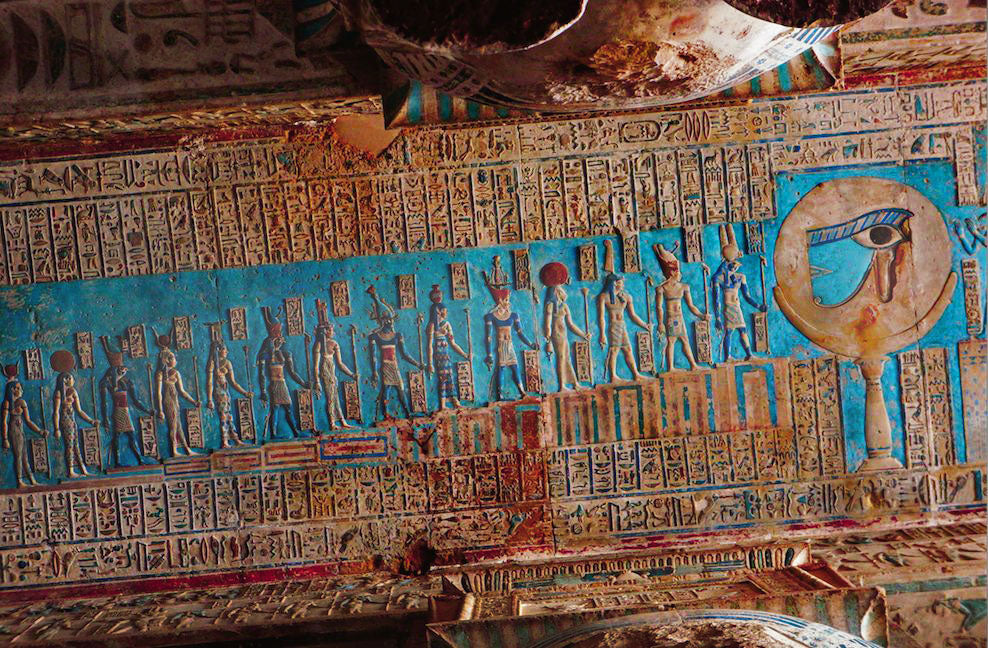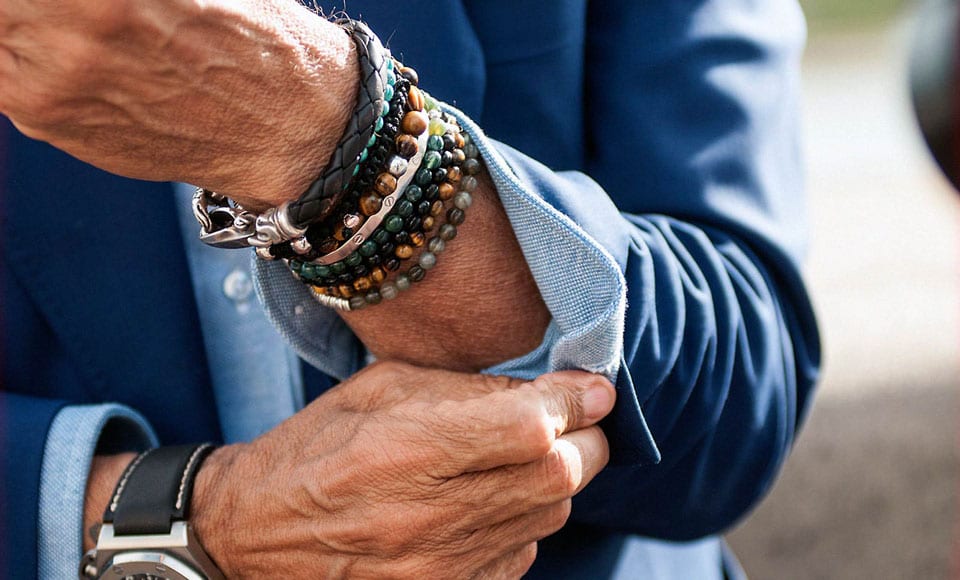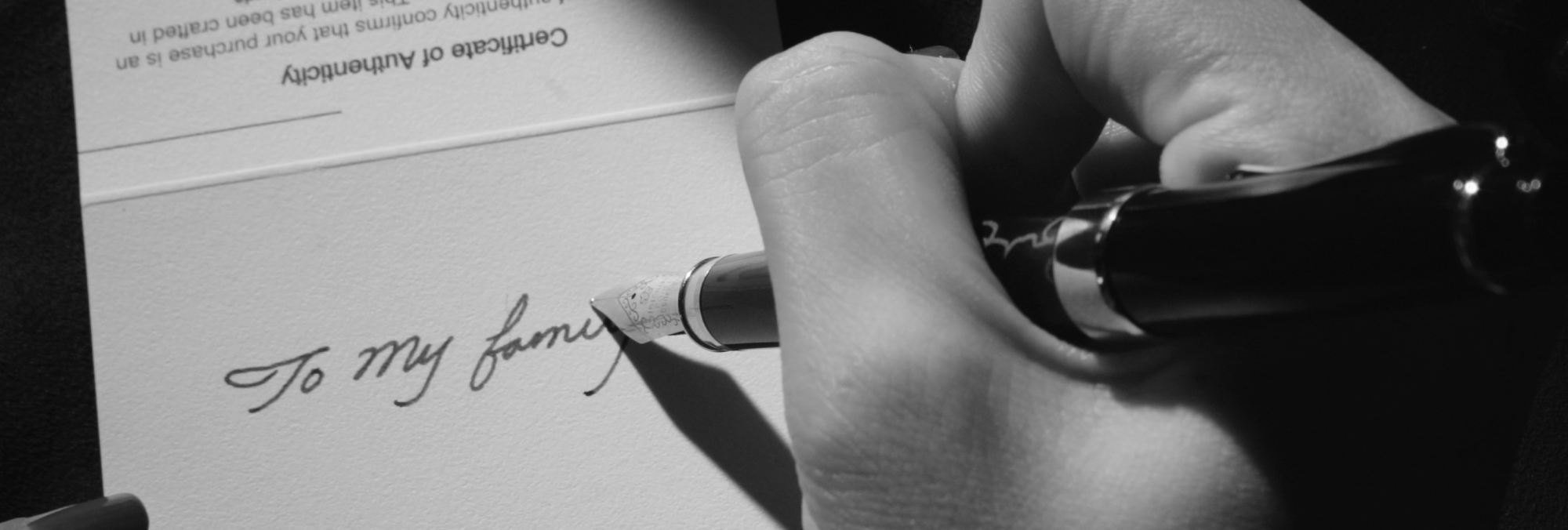The other day, I picked up a friend in my newly-bought luxury car so we could take it for a spin on the way to a charity event. The second he hopped into the passenger seat, he felt the leather interiors.
“Whoa! This is the softest, most comfortable leather I’ve ever touched. You must have really broken the bank on this car.”
“I’d sure hope so. It’s Nappa leather.”
“What’s Nappa leather?”
History of Nappa
Nappa leather was first developed in 1875 by Emanual Manasse while working for a tanning company in Napa, California. Today, it’s made a name for itself in the fashion world and is mainly used in upholstery for luxury cars and jewelry.
What Exactly is Nappa Leather?
Keep in mind that the term “Nappa leather” describes a method of leather-making, not a quality or grade. It’s the tanning process that sets it apart from other leathers.
To make Nappa leather, lamb, kid, or sheepskin is tanned using chromium or aluminum sulfate. Both these types of salt are known for producing softness and durability in the resulting leather. Nappa leather is also often dyed with water-soluble colorants to make it more resistant to fading. This also produces a surface that looks smoother and more even-toned. This produces a leather that’s much easier to clean and take care of than regular leathers. There’s also aniline leather, which is napa that’s been treated with aniline colorants.
Standard of Quality
There isn’t an exact leather that must be used when making Nappa leather, but it does require a fine quality of leather to make Nappa leather. The tanning process only works with leather without any defects. This generally means using full-grain, unsplit leather, which I’ll get into more later.
Advantages of Nappa Leather

- Hypoallergenic
- Pliable
- Softer and smoother than most leather, creating that “buttery soft” feel
- More durable and easier to maintain than similar leather alternatives
- Luxurious
- Creates a superior sense of style compared to alternatives
- Evokes a sense of style and luxury to those with a discerning eye
Disadvantages of Nappa Leather
- For a large piece like car upholstery or a large item of furniture, you might spend $1,000 more for Nappa leather than for the closest alternative.
- Just like any leather, Nappa leather is hot in the summer and cold to the touch in winter.
- The soft, porous nature of the material makes it vulnerable to irreversible damage like stains and discoloration if not taken care of properly.
- Damage from stains, rips, or tears is expensive and difficult to fix. To prevent this, Nappa leather needs proper care and cleaning to prolong its life.
What Leather is Used to Make Nappa Leather
Because the process of making Nappa leather involves a certain degree of quality, people tend to use high-level leather for it. Here are the most common types of leather used to make Nappa leather.
Full-Grain Leather
“Full-grain” refers to leather whose skin surface hasn’t been modified aside from removing hair and fur. Full-grain leather is considered the most authentic type of leather because it maintains the texture from the original hide. This retains more texture and markings of the original animal, giving a distinct character to the final product. With this exclusivity and level of quality also comes a higher price tag. Only high-quality, relatively unblemished hides are used to make full-grain leather.
Full-grain leather also tends to create a patina as it ages, developing character that many people find appealing over time.
Top-Grain Leather
Based on the name, top-grain leather (also sometimes called “corrected grain”) sounds like it would be made from the hide’s top layer. But this isn’t the case. Top-grain leather starts as full-grain leather. Then the outermost layer (the full grain) is removed by sanding or buffing to remove imperfections and blemishes. Then, the tanner embosses the leather to restore some of the look of a full grain and add back some of the leather’s original visual appeal.
This process causes the leather to lose some of the fibrous qualities associated with a full grain, so it’s less soft. Top-grain leather is also thinner and more pliable. But it’s still just as durable as most leathers. It also still has most of its full-grain, even after it’s been processed. The purpose of the top-grain leathermaking process isn’t to cheapen the leather. It’s to remove spots left from scars and blemishes so the leather’s natural beauty can shine through.
How to Identify Nappa Leather

All Nappa leather is full-grain, but not all full-grain leather is Nappa leather. To add confusion, some auto makers and sellers might advertise corrected-grain or other top-grain leather as Nappa leather.
The best way to tell the difference? Touch it. Nappa leather is unmistakably smooth and soft. After you’ve learned to recognize the feel of authentic Nappa leather, you’ll have an easy time distinguishing between real Nappa leather and the fakes.
Nappa in the Fashion World
Nappa leather is synonymous with luxury and status. It’s commonly used for car upholstery in luxury, high-end cars thanks to its “buttery soft” surface. It’s easier to clean than fabric and doesn’t absorb water or liquid quickly, making it easy to avoid stains and smudges with proper care. Because of its price tag and the level of sophistication if evokes, only high-grade luxury vehicles offer it.
But Nappa leather is often used in fashion as well. It’s a common material in high-end jewelry and accessories like jackets, gloves, and wallets. Take these Loewe Nappa leather bags, for instance. You can tell how soft they are just by looking at them.

By the time my friend and I arrived at the charity event, he was still admiring the Nappa leather seating in my car. And I don’t blame him. There’s a reason why Nappa leather is so sought-after. It’s soft to the touch and feels decidedly luxurious. There’s something special about it.
If you want to experience Nappa leather, I recommend buying a small accessory like a bag, bracelet, or wallet to get a feel for what it’s like. You just might find yourself coming back for more.



